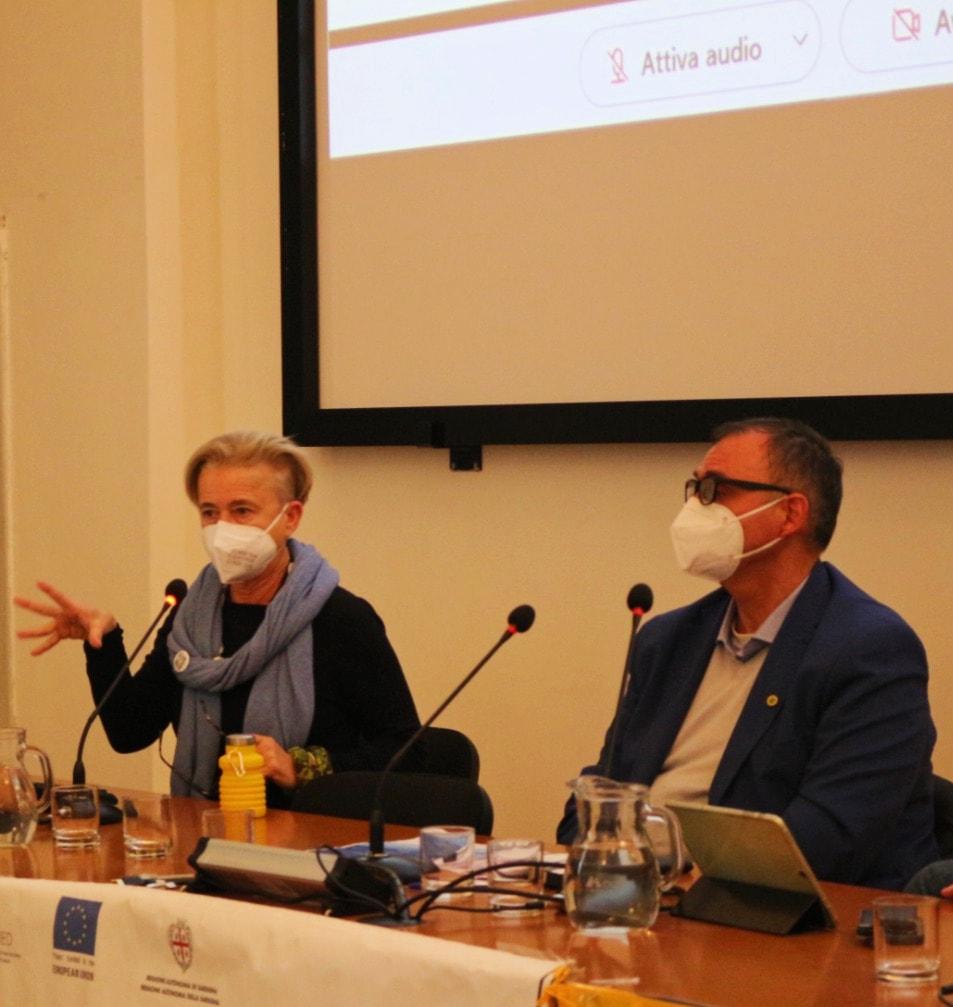COMMON project launches the Italian preliminary data on marine pollution

The marine litter in the Mediterranean Sea is still an emergency: large quantities of wastes are found on the beaches, in the waters and even in the fish, its inhabitants. Most of the waste comes from land-based activities, which slip into the sea from the coast, permeate the water columns, settle on the seabed, and are ingested by marine species. To draw attention to the emergency of pollution in the seas, together with Legambiente, is the Department of Physical Sciences, Earth and Environment of the University of Siena, scientific partner of the COMMON project, which in anticipation of the Italian National Day of the Sea, waiting for April 11, disseminates the preliminary results of the monitoring carried out in the last two years on the Tuscan coast and the data of the analyses carried out on some fish species that populate the Mediterranean Sea.
In the Tuscan coast alone, researchers have identified more than 300 waste per 100 linear meters of beach. A number that goes well beyond the 20 items every 100 linear meters of coastline, the maximum value set by the European Union to determine the good environmental status of a beach. More than 95% of the waste found is made of plastic, half of it is made of disposable plastic, while one in three waste is a cotton-bud. Thanks to the scientific protocols used, it has been possible to identify the sources of pollution responsible for stranded waste: the land-based activities are confirmed as the main source of pollution, responsible for 35% of total waste, followed by the activities along the coast, with 20%. A not negligible percentage of waste, of about 5%, is linked to the purely maritime activities, such as fishing and aquaculture. The scientific team of the University of Siena, then, verified the presence of floating waste in the waters of the area, sampling them in 12 different stations and in two different seasons, in autumn and spring. In total, seven thousand microplastics have been isolated - fragments of plastic waste with a diameter of less than five millimeters - for an average value of 0.18 fragments per square meter.
"The value found is in line with the average of microplastics detected in the Mediterranean - says Maria Cristina Fossi, professor of Ecology and Ecotoxicology at the University of Siena -. Currently in the Mediterranean Sea, an average concentration of microplastics of 0,53 particles per square metre has been estimated, a value which is subject to wide fluctuations between different zones, from 7.6 square meter particles found in the levantine basin to 0.028 particles in the northwest sector. The ubiquitous presence of microplastics is one of the most urgent problems to be addressed, and through scientific monitoring of coastal areas, which allow a better identification of waste sources it is possible to propose effective mitigation measures in the entire Mediterranean basin".
The origin of the floating waste is the same as that of the objects found on the beaches, which are mainly attributable to activities on the land and, to a lesser extent, to fishing and aquaculture.
As part of the COMMON project, the scientific group led by Professor Fossi analysed the presence of plastic particles in five fish species, anchovy, mullet, boga, sardine and sardinella, isolating 111 microplastics out of a total of 276 organisms. This is an average of 0.4 microplastics per individual, which also reflects the average value of concentrations found in other studies in the Mediterranean (between 0.3 and 0.5 particles per individual). Although the microplastics found in marine organisms reflect environmental contamination, further analysis is ongoing to determine possible impacts related to their ingestion.
The data on marine litter have been collected and analyzed within the European project ENI CBC Med COMMON involving Italy, Lebanon and Tunisia in the protection of the Mediterranean coast by marine litter through sustainable waste management and were disclosed today during the conference "Pesca e marine litter", coordinated by Legambiente and University of Siena and hosted by Polo Universitario Grossetano. An opportunity for discussion and discussion with administrations, bodies and associations on the effects that the marine litter has on coastal ecosystems, and on the concrete possibilities to mitigate the problem, starting from recent regulatory innovations.
"The continuous finding in our beaches of disposable objects, and especially disposable plastics is an issue to be urgently addressed, especially at the Mediterranean level, one of the most precious and suffering areas of the planet. Projects such as COMMON are fundamental for weaving and strengthening institutional ties, both at national level and with other countries that border on the same basin and that find themselves facing similar problems, - says Giorgio Zampetti, director of Legambiente. Italy has always played an important and pioneering role on the rules and actions to reduce the dispersion of plastic in marine and coastal environments, as well as being a leader in green chemistry and the production of new compostable materials. However, we must also act as soon as possible to maintain this primacy for a complete transposition of the SUP Directive avoiding repeating the error of extending the adoption of such important measures, as done for the plastic tax and activate more and more support and information initiatives to stop the dispersion of plastic in the environment".
Of marine pollution, and of the protection and safeguard of the sea have discussed today to the convention, Giorgio Zampetti, director of Legambiente, Maria Cristina Fossi, professor at Department Physical sciences, of the Earth and the atmosphere University of Siena, Angelo Gentili, Legambiente National Secretariat and National Head of Agriculture, Gabriella Papponi Morelli, President of Fondazione Polo Universitario Grossetano, Valentina Mazzarelli, senior project manager Circolo Festambiente, Emanuele Zendri, technical expert of Legambiente, Cristina Panti, Professor at the University of Siena, Letizia Marsili, Professor at the University of Siena, Enrica Franchi, Professor at the University of Siena, and Gilda Ruberti, Head of the Nature and Sea Protection Sector of the Tuscany Region.









